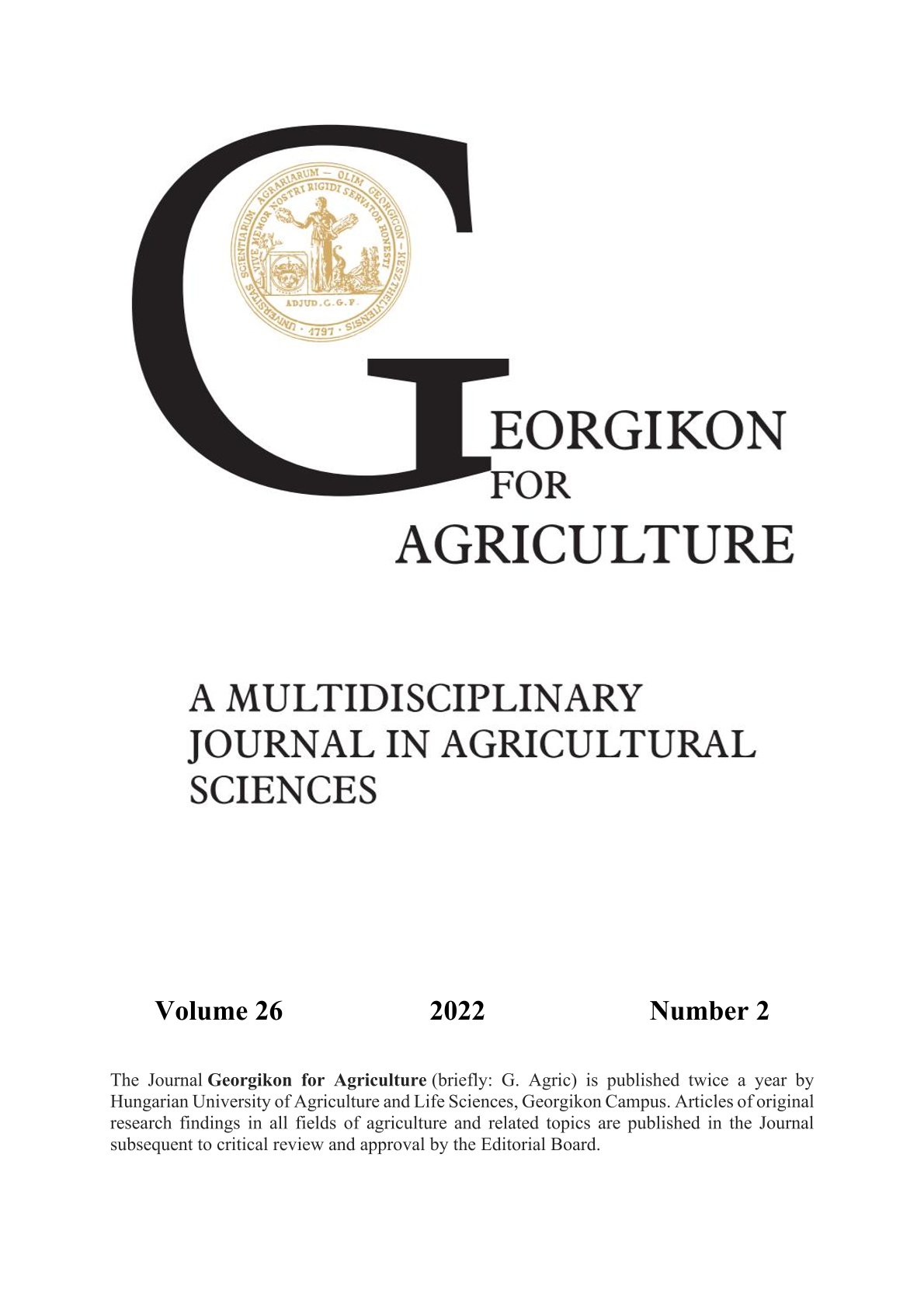A preliminary study in modelling evapotranspiration of common reed stands in the Kis-Balaton wetland
Keywords:
wetland, common reed, evapotranspiration, Bowen-ratioAbstract
During the examination of the water balance of Kis-Balaton wetland, the direct measurement and determination of evaporation and evapotranspiration is difficult. Evapotranspiration – as outcome parameter - is essential for the operation of the Kis-Balaton Water Protection System [KBVR]. The evapotranspiration of the common reed (Phragmites australis), which plays a decisive role in ecosystems of KBVR marshes is a significant factor due to the fact that the area of reed canopies exceeds 2,000 hectares. The actual evapotranspiration from the heat balance and the Bowen ratio can be modelled indirectly by using microclimate measurements. Modelling can be performed with resistances expressed by meteorological parameters, whose values are temporally variable. Examinations in a reed canopy of Ingói-berek was carried out with a Bowen mast from July to August 2019. The following meteorological parameters were measured every 10 minutes: surface water temperature, air temperature and air humidity in the canopy, air temperature and humidity and wind speed at two levels above the canopy. Our measurements were supplemented weekly with canopy heights and leaf surface measurements (LAI), which are important model inputs. Hourly and daily evapotranspiration data were counted from the 10-minute microclimate probes. Our goal was to examine how Bowen-ratio modelling can be used to estimate reed evapotranspiration.
References
Allen, R.G., Pereira, L.S., Raes, D. and Smith, M. 1998. Crop Evapotranspiration: Guidelines for Computing Crop Requirements. FAO Irrigation and Drainage Paper 56, FAO, Rome, Italy.
Anda, A., Teixeira, da Silva J.A. and Soos, G. 2014. Evapotranspiration and crop coefficient of common reed at the surroundings of Lake Balaton, Hungary. Aquatic Botany. 116. 53–59. https://doi.org/10.1016/j.aquabot.2014.01.008
Burba, G.G., Verma, S.B. and Kim, J. 1999. Surface energy fluxes of Phragmites australis in a prairie wetland. Agricultural and Forest Meteorology. 94(1). 31–51. https://doi.org/10.1016/S0168-1923(99)00007-6
Massman, W.J. 1992. A surface energy balance method for partitioning evapotranspiration data into plant and soil components for a surface with partial canopy cover. Water Resources Research. 28(6), 1723–1732. https://doi.org/10.1029/92WR00217
Priban, K. and Ondok, J. 1985. Heat balance component and evapotranspiration from a sedgegrass marsh. Folia Geobotanica & Phytotaxonomica. 20. 41–56. https://doi.org/10.1007/BF02856464
Struyf, E., Van Damme, S., Gribsholt, B., Bal, K., Beauchard, O., Middelburg, J.J. and Meire, P. 2007. Phragmites australis and silica cycling in tidal wetlands. Aquatic Botany. 87(2). 134–140. https://doi.org/10.1016/j.aquabot.2007.05.002
Walkovszky, A. 1973. Experiments to determine reed transpiration. OMSZ Hivatalos Kiadványai. Budapest 43, 145–150.
WMO Report 1975. Drought and Agriculture. WMO Techn. Note No. 138.
Downloads
Published
Issue
Section
License
Copyright (c) 2022 Soós Gábor, Anda Angéla

This work is licensed under a Creative Commons Attribution-NonCommercial-NoDerivatives 4.0 International License.
Cikkre a Creative Commons 4.0 standard licenc alábbi típusa vonatkozik: CC-BY-NC-ND-4.0. Ennek értelmében a mű szabadon másolható, terjeszthető, bemutatható és előadható, azonban nem használható fel kereskedelmi célokra (NC), továbbá nem módosítható és nem készíthető belőle átdolgozás, származékos mű (ND). A licenc alapján a szerző vagy a jogosult által meghatározott módon fel kell tüntetni a szerző nevét és a szerzői mű címét (BY).




